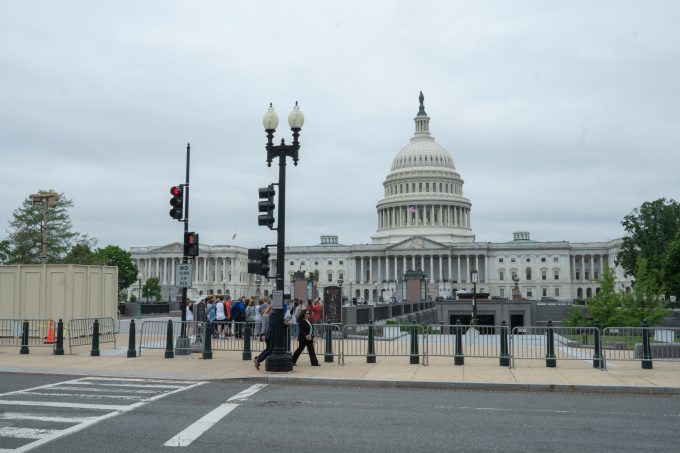Hong Kong has unveiled its new “Fintech 2030” strategy, placing tokenization at the heart of its digital finance roadmap. The plan signals the city’s ambition to transform from a regional fintech hub into a global leader where banking, digital assets, and real-world tokenized instruments intersect. For global crypto investors, the announcement underscores a growing institutional convergence between traditional finance and blockchain technology.
Market Reaction and Industry Adoption
The Hong Kong Monetary Authority (HKMA) has identified tokenization as one of four key pillars of its Fintech 2030 framework—alongside data, artificial intelligence, and financial resilience. The move follows a series of pilot projects, including tokenized government bonds and real-asset tokens that aim to enhance capital market efficiency and transparency.
Analysts estimate that the global market for tokenized assets could reach $16 trillion by 2030, reflecting growing interest from both institutional and retail investors. In Hong Kong, industry players have already begun aligning with the initiative. Local and international banks are exploring the tokenization of deposits and fixed-income products, while crypto exchanges and fintech firms are racing to position themselves as infrastructure providers for tokenized trading and settlement.
This institutional momentum mirrors developments in Singapore, the UAE, and Switzerland—regions that have also prioritized tokenization within their financial modernization strategies. As such, Hong Kong’s new focus may accelerate competition for digital-asset leadership in Asia.
Regulatory and Technical Implications
A central objective of the Fintech 2030 plan is to provide regulatory clarity for digital assets and tokenized financial products. The HKMA is building a framework that integrates distributed-ledger technology (DLT) into existing financial infrastructure, allowing licensed institutions to issue and trade tokenized instruments under regulated conditions.
The government’s proactive stance extends to stablecoins, tokenized deposits, and cross-border settlements, each of which will play a role in testing interoperability between crypto assets and traditional financial systems. This structured regulatory approach aims to reduce risks such as liquidity fragmentation, custody vulnerabilities, and valuation inconsistencies that have historically limited institutional participation.
Technologically, the initiative promotes interoperability—creating bridges between public blockchains and permissioned networks to enable seamless token transfers and real-time settlement. This could make Hong Kong one of the first jurisdictions where tokenization moves beyond experimentation into mainstream financial practice.
Investor Sentiment and Strategic Perspective
Investor sentiment toward tokenization is shifting from speculative enthusiasm to strategic engagement. Institutional investors view it as a mechanism to improve liquidity in traditionally illiquid assets such as real estate, infrastructure, and private credit. By representing ownership digitally, tokenization could streamline issuance, reduce administrative costs, and open secondary-market opportunities.
For crypto-native investors, Hong Kong’s initiative signals a potential integration point between DeFi and regulated finance. While enthusiasm is strong, analysts caution that execution risks remain—particularly around valuation standards, cybersecurity, and cross-jurisdictional compliance. The balance between innovation and investor protection will ultimately determine how quickly tokenization scales in practice.
Outlook: Opportunities and Caution
Hong Kong’s Fintech 2030 vision marks a decisive step toward a regulated tokenized economy, one that could redefine how capital is raised, stored, and traded. If successful, it may open new liquidity channels for crypto markets and institutional investors alike.
However, the next phase will depend on practical milestones: the first issuance of large-scale tokenized bonds, clear licensing for tokenized-asset custodians, and stablecoin integration within traditional banking systems.
For investors, the message is clear—tokenization is no longer theoretical. It is becoming a core element of future financial infrastructure, bridging the gap between the crypto economy and conventional banking, and positioning Hong Kong at the forefront of global fintech evolution.













https://shorturl.fm/VnPHE